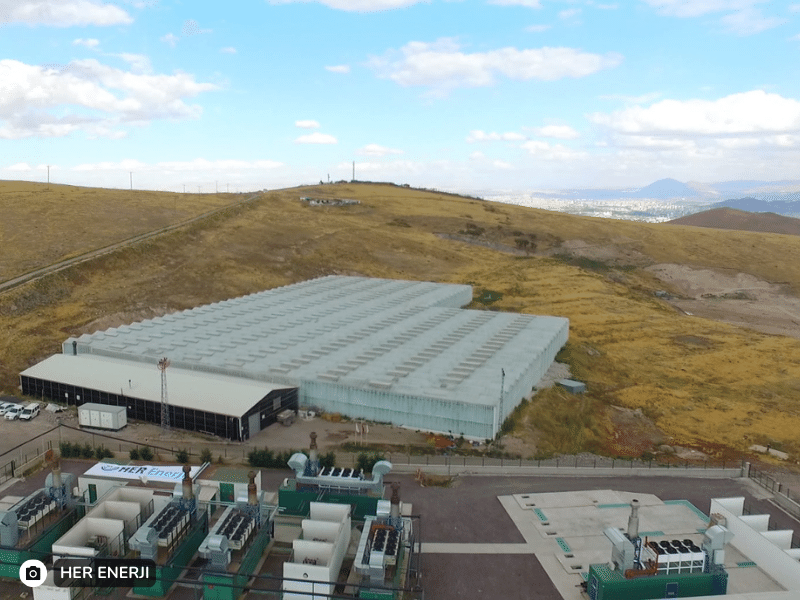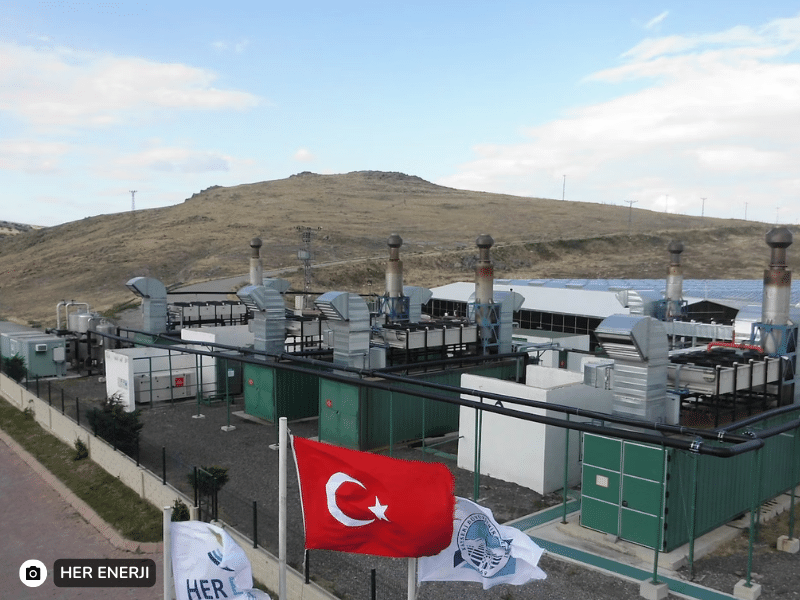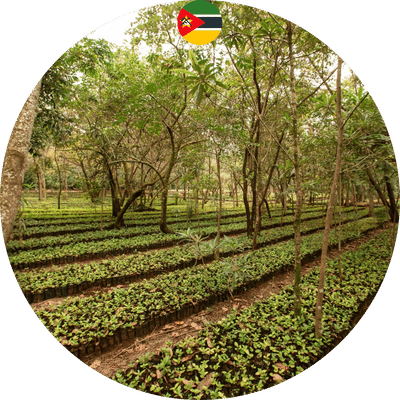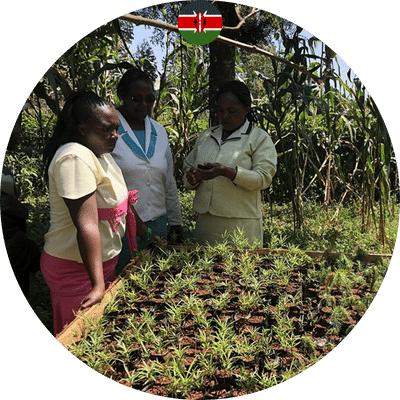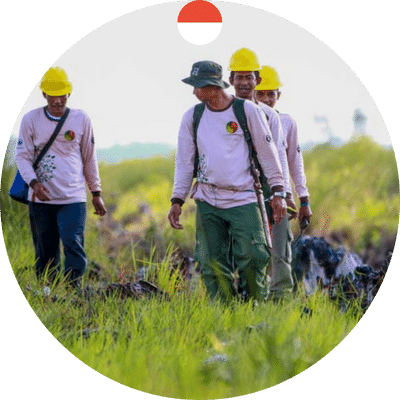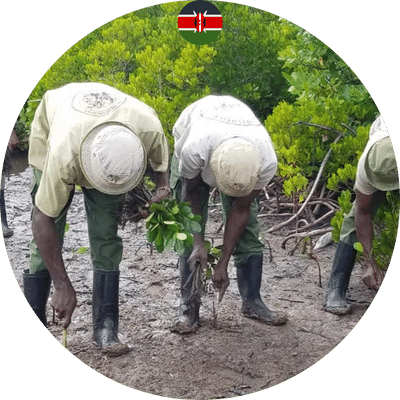The Kayseri Molu Landfill Gas to Energy Project
Project details
The Kayseri Molu Landfill Gas to Energy Project is a significant initiative in Turkey that captures methane released from a landfill and converts it into electricity. The project is verified by the Gold Standard

Project location
The project is located in Molu village, in Turkey. More than 90% of the waste produced in Turkey is directed to landfills. Landfill waste undergoes organic processes, leading to the release of the greenhouse gas methane (CH4) into the air.
Although methane molecules don’t persist in the atmosphere as long as carbon dioxide molecules, they possess a significantly more potent warming effect during their presence. It is estimated that methane contributes to over a third of the current anthropogenic global warming, with landfill sites representing one of the primary global sources of methane emissions.
Rather than allowing landfill methane to escape into the atmosphere, it can be captured and harnessed as an energy source for electricity generation.
Project objectives
Landfill gas, which is generated as a result of organic waste decomposition in landfills, primarily consists of methane and carbon dioxide. Capturing and utilizing methane helps mitigate its impact as a potent greenhouse gas.
Schematic visualization
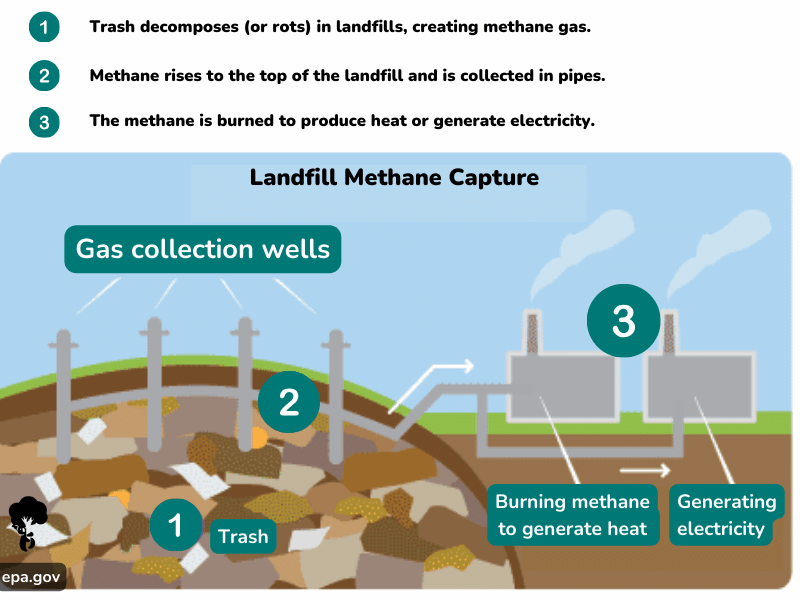
The project objectives are:
- Reduce greenhouse gas (GHG) emissions: By capturing and utilizing landfill gas, the project prevents methane, a potent greenhouse gas, from escaping into the atmosphere. This contributes to climate change mitigation efforts.
- Generate renewable energy: The captured biogas is used to produce electricity, contributing to Turkey’s renewable energy targets and reducing reliance on fossil fuels.
- Promote sustainable waste management: The project encourages waste segregation and responsible landfill practices, minimizing environmental impact.
Key Achievements:
- Avoided over 1 million tons of CO2 equivalent emissions since 2012.
- Generates enough electricity to power approximately 15,000 homes.
- Contributes to local economic development by creating jobs in the operation and maintenance of the facility.
Project benefits
The biogas captured in this initiative is harnessed to produce electricity, displacing emissions-intensive fossil fuel-generated energy on the national grid. This leads to a reduction in overall emissions.
The climate advantages of this project are dual-fold: it prevents the release of harmful methane into the atmosphere, thereby mitigating its impact on global warming, and it replaces energy derived from fossil fuels in the grid. The estimated yearly emissions reduction from this project is approximately 100,000 tonnes of carbon dioxide equivalent.
In addition to its broader environmental impact, capturing methane emissions from the landfill brings local benefits. These include a reduction in unpleasant odours, as well as a decrease in the risk of on-site fires and explosions.
Methodology
Landfills produce methane when organic waste breaks down. Methane can be captured and used to generate electricity. This prevents it from being released as an emission and avoids the use of coal, oil, or natural gas for energy production. This makes the climate benefit twofold.
Sustainable Development Goals
When allocating our members’ funds, we’re committed to aiding in the Sustainable Development Goals set by the United Nations. Below are the SDGs acknowledged for this project.
Project Photos 📷
